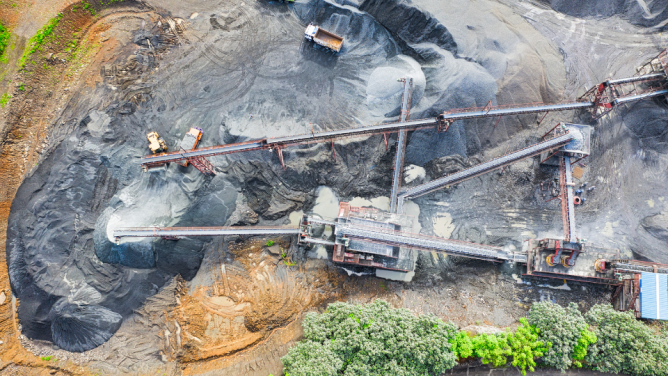What are the objectives of ecological engineering?
Essentially, it is a matter of restoring ecological functions. This may involve (re)creating ecological continuity for animal and plant species. The eco-bridge is the emblem of these “green corridors”, but there are also longitudinal corridors along roads, including motorways. We also recreate aquatic continuity, also known as “blue corridors”, by removing obsolete obstacles such as dams, weirs, and mills, or by restoring aquatic environments in the form of ponds, marshes, reed beds and peat bogs.
The aim is to reconnect water to the environment. This really is a relevant topic, because agriculture has drained the environment in the past. These environments can contribute to the fight against flooding, to the filtration of water or mitigate against intense climatic phenomena. A marsh is like a sponge, as it absorbs flooding and maintains water regulation in the dry season.
What role do soils play in ecological engineering?
Soil is seen first and foremost as an element of the environment, rich in biological components. And for the digging activities, it is also a resource. In fact, we generally build structures in the ground. The combination of these two approaches means that soil preservation is a major issue for us.
The case of wetland soils is particularly interesting. They are very rich in organic matter. Our challenge is to do as little damage as possible to both the material and the environment in which we are working. In order to do this, we use specialised equipment, some of which are similar to the grooming machines you see on ski slopes, with very low ground pressure.
What practice is covered by technosol?
We work in environments that have been damaged by humans. Again, our restoration work deeply disrupts the environment. But once the ecological engineering projects have been completed, we end up with routes very similar to natural paths; 3 to 5 years later, our work has become invisible, as biodiversity takes over. As far as I am concerned, technosols are very close in essence to natural environments, but thanks to a vast range of technical knowledge and expertise.
Green and blue corridors are terms widely used by planners. The term brown corridor, used specifically for soil preservation, has recently emerged. Can you explain?
As key players in ecological engineering, we are members of the UPGE, the Professional Union of Ecological Engineering. In the past year, a dedicated branch of the organisation has focused on the concept of brown corridor. The challenge highlighted by the UPGE’s work is to get the same visibility for the brown corridor as for the blue and green networks. Its role is to focus on soil quality, especially in urban areas.
This means considering the biodiversity of microorganisms in soil, but also paying attention to the quality of soil ecosystems such as water retention, filtration and depollution. Finally, this means preserving existing soils, particularly in undeveloped areas, where, in addition to the ARC rule (avoid, reduce, compensate) could be invented a “protected soils” category, in the same way as animal or plant species are protected.

